Tana Toraja literally translates to ‘Toraja land’ and is nicknamed the ‘Land of the Heavenly Kings.’ It is located in a highland region in the southern region of the island of Sulawesi, Indonesia.
A trip to Tana Toraja is like being transported to a magical land of beauty and culture. You’ll meet with sweeping, elaborately-painted houses with boat-shaped roofs lining intricately terraced rice paddies.
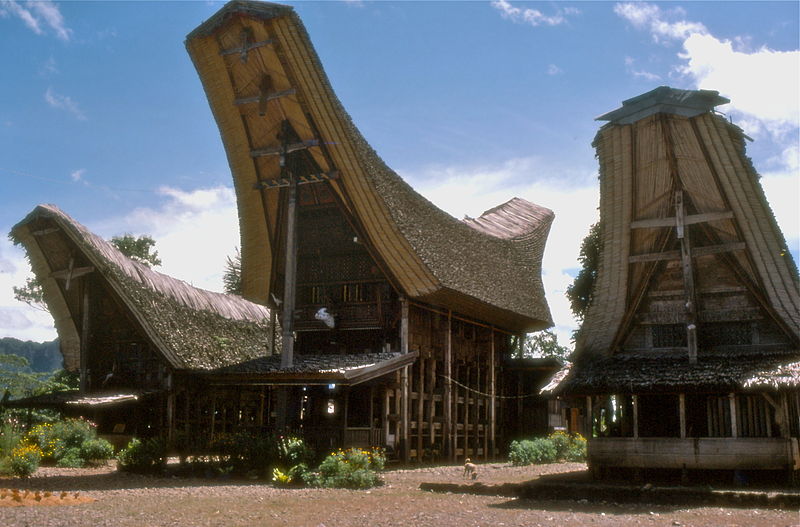
The beautiful town is surrounded by picturesque mountains on all sides and still vibrantly alive with traditional culture. Amidst this stunning scenery exists a very unique culture.
Interestingly, life in Toraja revolves around death and the inhabitants of this mystical region spend their days earning the money they need to send away their dead properly. Although Tana Toraja’s inhabitants are mostly devout Christians, they’ve combined this religious belief with their own blend of magic and mysticism, creating a strange yet captivating culture of spectacular burial rites and eerily beautiful burial sites set amidst a landscape of lush rice terraces, tall limestones and misty mountains.
The People and Culture of Tana Toraja
The Toraja people are an ethnic group indigenous to the mountain region of South Sulawesi. There are currently around 650,000 Torajan people, of which 450,000 live in Tana Toraja, giving it the name ‘Land of Toraja.’ 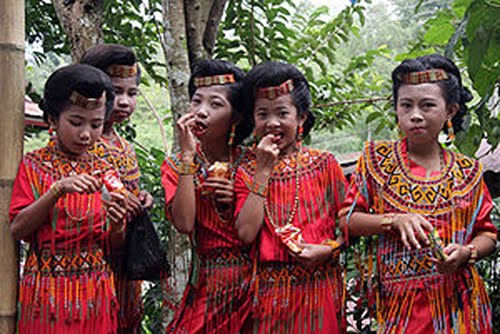 Before the 20th century, Torajans lived in autonomous villages, where they practised animist beliefs known as Aluk To Dolo (translated to ‘Way of the Ancestors’) and remained relatively untouched by the outside world.
Before the 20th century, Torajans lived in autonomous villages, where they practised animist beliefs known as Aluk To Dolo (translated to ‘Way of the Ancestors’) and remained relatively untouched by the outside world.
Beginning in the early 1900s, Dutch missionaries began to convert the Toraja people to Christianity. Thanks to the following influences of Christianity and tourism, the Toraja way of life has changed significantly from an agrarian culture steeped in animist beliefs of a largely Christian society. Still, the Toraja people have managed to maintain their traditional beliefs and way of life and blend it with their current beliefs, producing a unique culture of Christianity and animism.
Traces of the Toraja’s old beliefs are most visible during their funeral festivities and burial customs, for which visitors from all over the world come to Tana Toraja to witness.
The Burial Rites of Tana Toraja
Amidst the lush green rice fields and majestic, misty mountains of Tana Toraja, traditional Tongkonan houses stand proudly. These intricately-decorated houses with upward-sloping roofs are at the center of all Aluk to dolo rites (the Torajan religion before Christianity), in particular, the spectacular burial rites for which Tana Toraja is well known.
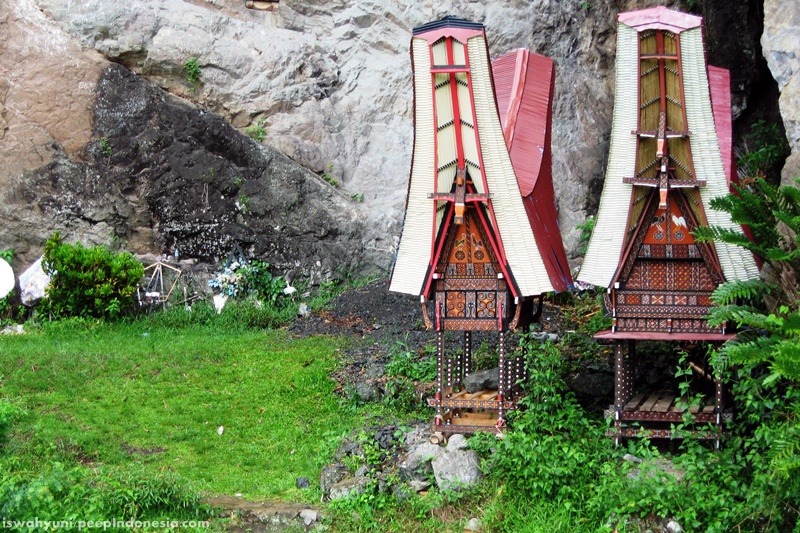
Tana Toraja is most well-known for their elaborate funeral rituals. Death in Tana Toraja is bigger than life and the funeral is considered the most important event in a person’s life, as it is the starting point for the soul to make its way into the afterlife.
This makes death a complicated affair in Tana Toraha. Torajanas do not believe death to be a sudden, abrupt event but a gradual process toward Puya (the land of souls, or the afterlife). It is thought that this process takes many years and for the deceased to be able to make his or her way into the afterlife, many elaborate and expensive arrangements must be made for the burial, known as the Rambu Solok ceremony.
The deceased is not thought to be officially dead until the Rambu Solok ceremony is performed to purify the spirit of the dead and accordingly, the deceased is referred to as to mamma (sleeping person) or to to masaki (sick person) until the commencement of the all-important funeral rites.
Until the family has saved enough money to make all the funeral arrangements – which typically takes a few years – the deceased is bathed, given formaldehyde, wrapped in several layers of cloth and kept under the tongkonan house. Food and drinks are placed near the corpse and the soul of the deceased is thought to linger around the village until the completion of the funeral ceremony, when it can finally begin its journey to Puya (the afterlife).
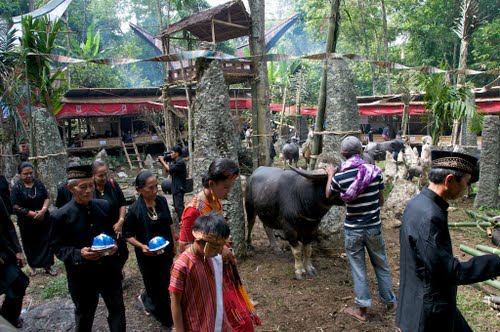
The funeral, as the most important ceremony intended to allow the deceased easy transition to the afterlife, requires significant funds as well as time to ensure that all family members – no matter where they are in the world – can attend. The funeral ceremony can last up to a week and during that time, ritual dances and buffalo fights are held. There is also the ritual slaughter of buffaloes and pigs, which are thought to help the spirits of the dead journey safely into the spirit world.
Once the family is ready, the burial ceremony is performed for the deceased. The coffin will contain any possessions the deceased is thought to need in the afterlife. There are three methods of burial, depending on the status of the deceased. The wealthy are buried in a cave grave or a stone grave carved out of a rocky cliff, with a wood-carved effigy, known as a Tau tau, carved in their image and guarding the burial site.
Others are buried inside hollow trees or in a bamboo frame hanging from a cliff. The coffins of babies and children are also hung from ropes on a cliff or from a tree.
These burial sites are as elaborate as the burial rites and dot the picturesque landscape of Tana Toraja. The burial grounds of Tana Toraja has been nominated for the UNESCO World Heritage Center’s list of sites.
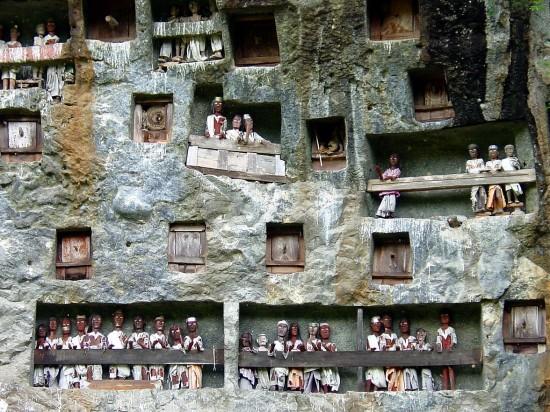
Best Time to Visit Tana Toraja
Most burial ceremonies are held after the harvest season, which makes June to October the best time to visit Tana Toraja. The peak season is July and August and the hotel prices and availability reflect this.
How to Get to Tana Toraja
There are currently no flights into Tana Toraja. In order to get to Tana Toraja, you’ll have to fly into Makassar’s Hasanuddin International Airport.
From Makassar, you can catch a bus to Tana Toraja, which is an 8-10 hour journey to Tana Toraja and costs around 70,000 IDR ($7 USD) for a non-air-conditioned bus and up to 150,000 IDR ($15 USD) for an air-conditioned bus. You have the option of the morning and overnight buses.
How to Get Around Tana Toraja
There are minivans called bemo or mikrolet that you can take to get around town. It costs around 2,000 IDR ($0.20 USD) for short rides and up to 10,000 IDR ($1 USD) for longer rides.
Things to See and Do in Tana Toraja
Experience a Funeral Ceremony
By far the most popular reason for visiting Tana Toraja is the opportunity to attend one of the spectacularly elaborate – and rather gruesome – funeral ceremonies. Locals are welcoming to foreigners who want to attend and you’ll have the chance to be a part of an unforgettable cultural event.
Funerals have an entrance fee of 20,000 IDR ($2 USD) and are public events. Avoid offers by guides, telling you that they are private or difficult to access.
Visit the Burial Sites
Set amidst the beautiful landscape of Tana Toraja, there are fascinating burial sites you can check out. Be sure to see Kete Kesu (tombs of kings), Lemo (hanging graves), Londa (cliff graves), and Suaya and Sangala (baby graves in trees).
For a great guide of burial sites, check out UNESCO’s World Heritage Center.
Visit the Pasar Bolu
The Pasar Bolu is the traditional market – be sure to go there the days they sell water buffalo and pigs for the upcoming funeral ceremonies.
Note: Most hotels in the Tana Toraja region will pressure you to hire a local guide for 250,000 – 30,000 IDR ($25 – $35 USD) a day. Whereas it is possible to visit most of the famous sites and funerals on your own, it’s advisable to take the hotels’ offer and hire a guide as they can provide a lot of insight into the local practices and customs and make your visit to the burial sites a lot more enlightening.
Tana Toraja Travel Tips
There have been reports of night thieves that board the night bus from Makassar to Tana Toraja and steal travelers’ belongings so be sure you keep your possessions near and keep an eye on them at all times.
Funerals have an entrance fee of 20,000 IDR ($2 USD) and are public events. Avoid offers by guides, telling you that they are private or difficult to access.
And as always – never travel without travel insurance.
Thanks for visiting our site Voyager – indonesiad.com and taking the time to read our post!
We’d love if you’d comment and share this post.
If you find the website helpful we would appreciate if you support us by clicking on the related Ads that Google provides you around the pages.






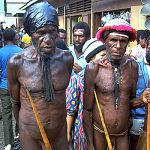
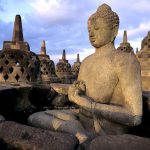
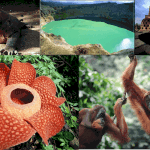




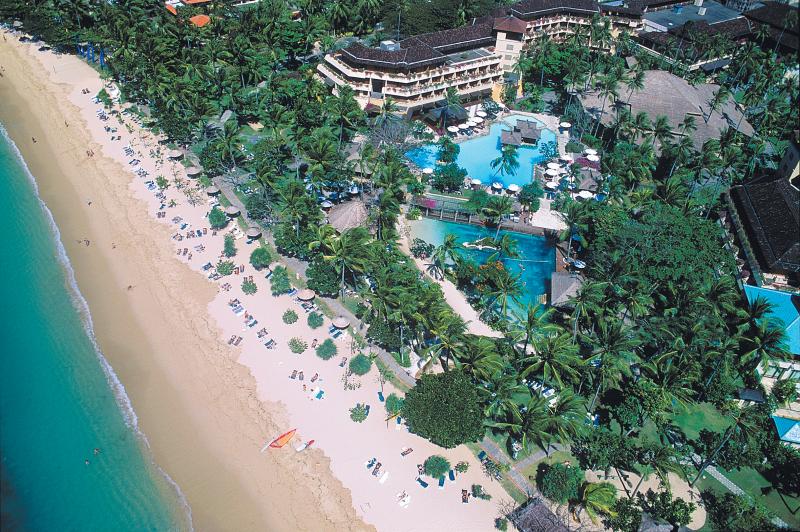
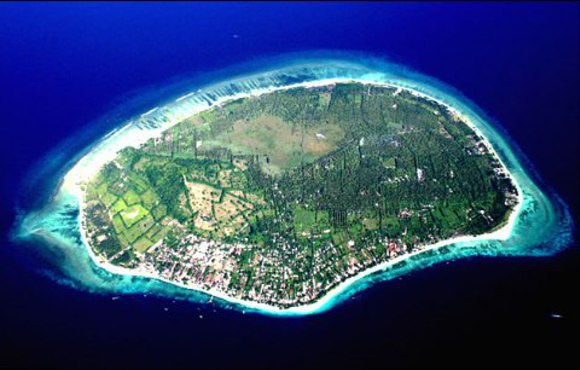
[…] Tana Toraja, the ‘Land of the Heavenly Kings’ and a beautifully scenic town known for its spectacular burial rites and sites is a must-see in Sulawesi. From Makassar, Tana Toraja is a 8-10 hour bus ride away. […]